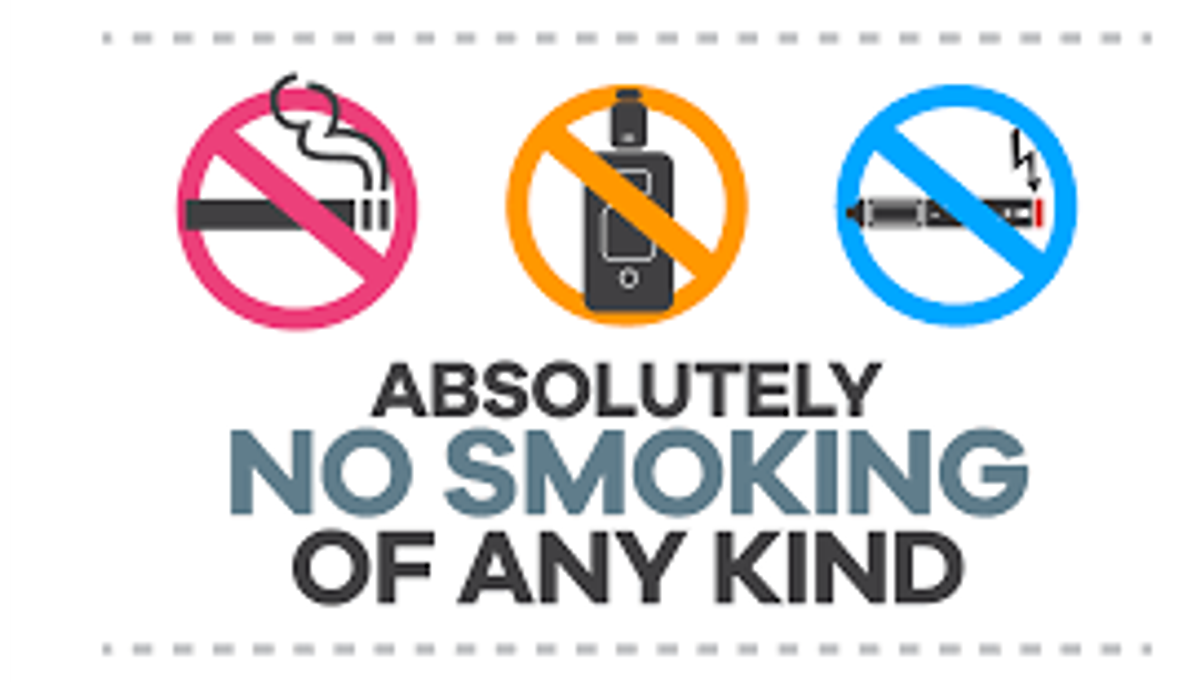Vaping and Young People

There has been a noticeable increase in the number of students “Vaping” at school.
A reminder to parents that in Australia, e-cigarettes are treated in the same way as tobacco.
It is illegal to buy or sell nicotine for use in e-cigarettes and in all states and territories.
It is illegal to:
- use e-cigarettes in areas where smoking is banned
- advertise, promote or display e-cigarettes at retailer outlets
- sell e-cigarettes to people under 18 years
Electronic or e-cigarettes are devices which heat liquid (called ‘e-liquid’) into an aerosol (or ‘vapour’) which is then inhaled into a person’s lungs.
E-cigarettes are usually shaped and coloured to make them look like cigarettes or other tobacco products so that when they are used they simulate the act of tobacco smoking. They can be either disposable or re-usable and in addition to the cartridge, most devices contain a battery, a sensor to activate the power from the battery, and an aerosol generator that turns the e-liquid into an aerosol. Several e-cigarettes are sweet flavoured to attract young people.
Two of the major concerns raised by health professionals about e-cigarettes, particularly in relation to young people, are as follows:
- they are promoted as a ‘safe alternative’ to smoking
- aggressive marketing challenges many of our key anti-smoking messages
Is vaping safe?
The research into the effects of e-cigarettes and vaping lags well behind their increasing popularity and so, at this time, we cannot really say what the long-term effects of using these devices will be.
Some of the concerns about their safety include the following:
- nicotine is addictive and toxic in all forms
- products contained in e-cigarettes are not regulated
- e-cigarette use is likely to lead to eventual smoking of traditional cigarettes
- e-cigarettes do not simply produce ‘harmless water vapour’ and may expose users to chemicals and toxins such as formaldehyde and heavy metals
- lung damage and disease: EVALI (e-cigarette or vaping product-use associated lung injury) is a lung disease that has been identified in patients who vape
- e-cigarette battery failure can result in explosions and burn injuries
Although e-cigarettes may expose users to fewer toxic chemicals than conventional tobacco cigarettes, the extent to which this reduces harm to the user is yet to be determined. It is also important to remember that the product contained in e-cigarettes are not regulated, so it is difficult to know what exactly is being inhaled.
You can find more information Re: Vaping and e-cigarettes at the following links:
https://www.rch.org.au/kidsinfo/fact_sheets/E-cigarettes_and_teens/
https://www.betterhealth.vic.gov.au/health/HealthyLiving/e-cigarettes
https://www.quit.org.au/resources/policy-advocacy/policy/e-cigarettes/
Talking About Vaping With Young People
This is one of the few Australian fact sheets available and has been written by the ADF. It’s just a simple one-pager about how best to have a conversation around vaping (or any drug for that matter) and it also provides a link to some basic information on vaping products.
https://cdn.adf.org.au/media/documents/Talking_about_vaping_with_young_people.pdf
What about young people and vaping?
It is illegal for someone under the age of 18 to buy e-cigarettes or e-cigarette accessories and for anyone to sell, market or promote e-cigarettes to people under the age of 18.

